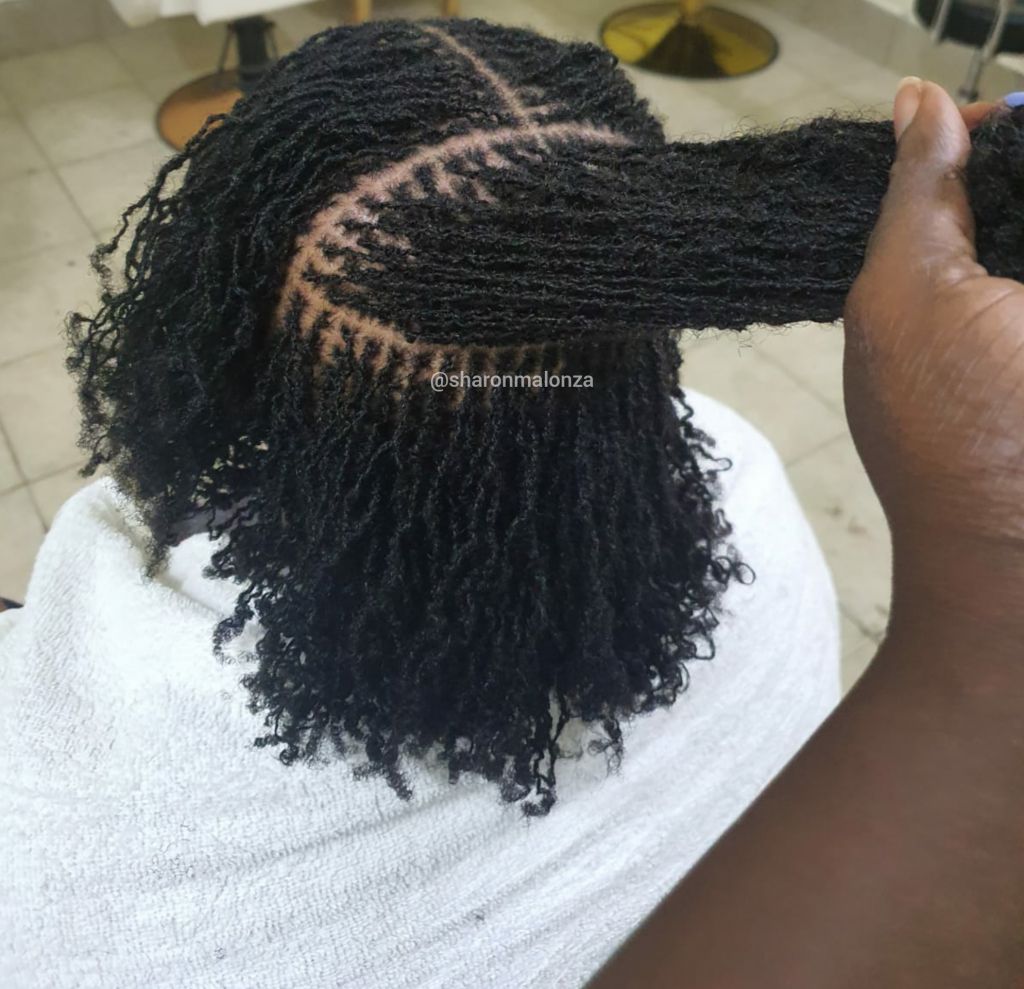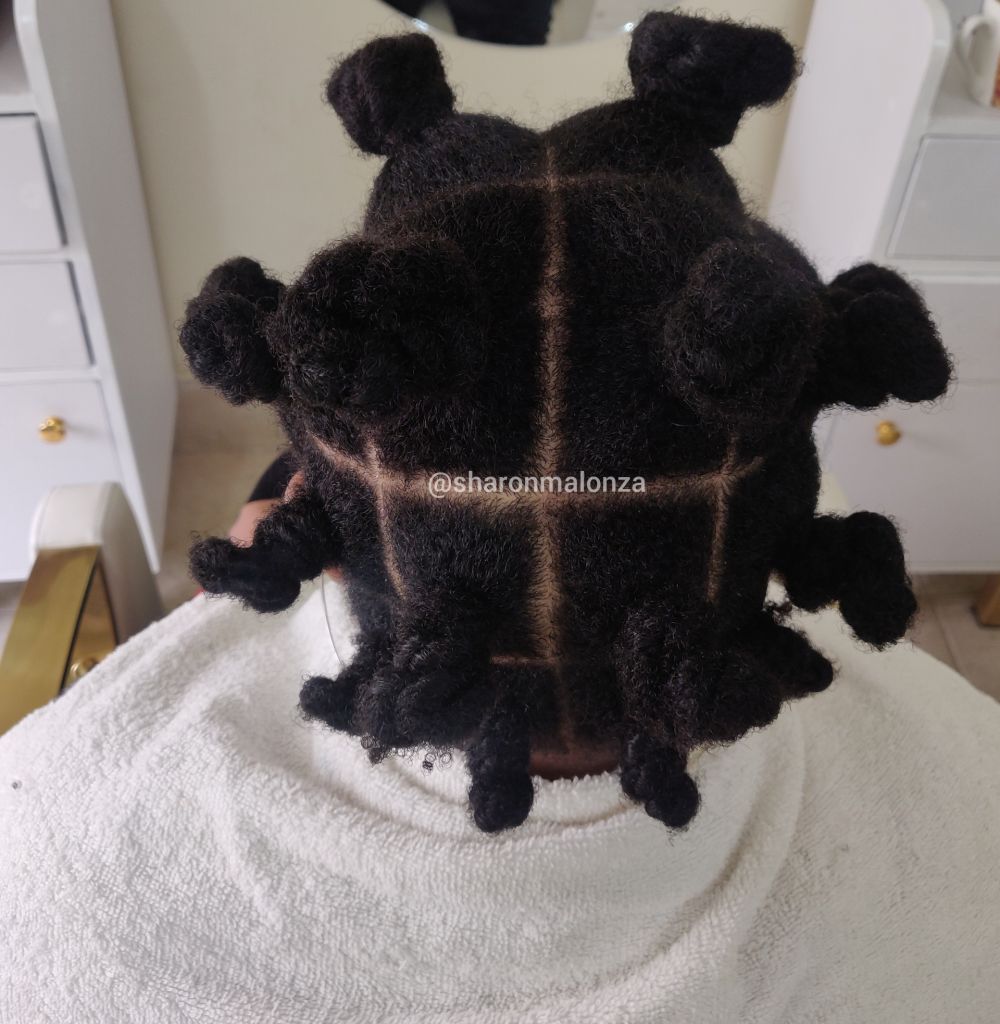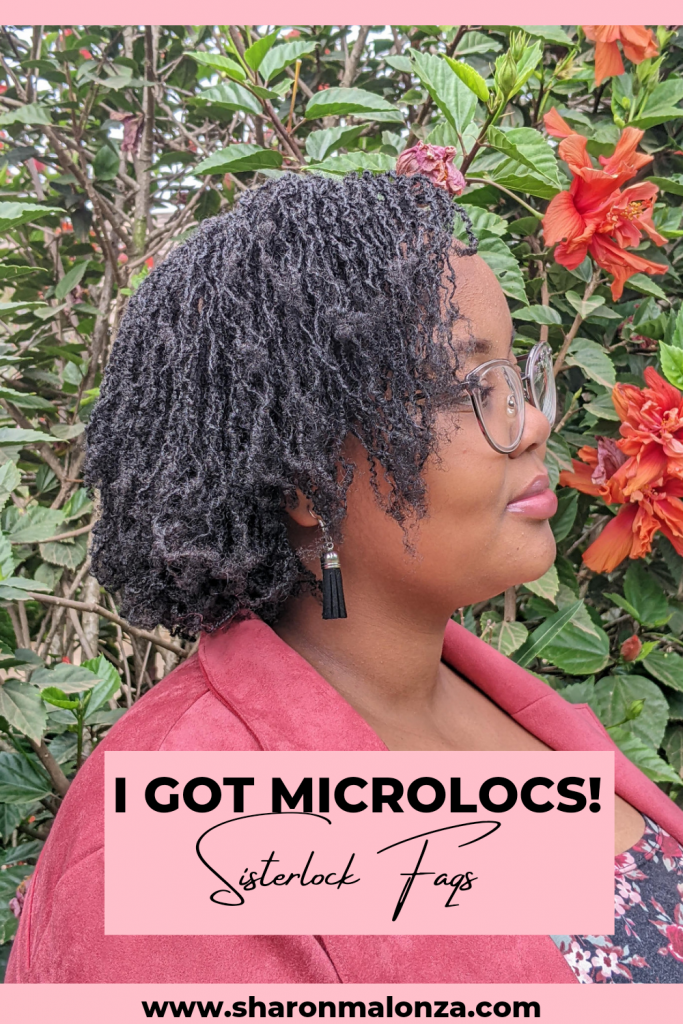
Table of Contents
What are sisterlocks?
Sisterlocks are a type of microlocs-very small locs when compared to traditional dreadlocks. They are trademarked because of the combination of the technique/grid, tool and consultant who installs them. The person who installs them is usually trained and certified by the Sisterlocks company.
If we go by the above definition of sisterlocks, it might be safer to call mine microlocs given that my loctitian isn’t certified (yet).
Are they permanent?
Yes, they are meant to be. Early on in your microloc journey, they can be combed out but it would be a headache to do so. I installed them with the intention of leaving them in permanently.
Why Sisterlocks over microlocs, traditional dreadlocks or texturizing your hair?
I have never been interested in texturising my hair. I don’t have an itch to do any chemical processing to my hair at the moment (including colour).
I was certain that I wanted to loc my hair at some point and it’s been on my mind since 2020. That’s when I got a quote from a loctitian and started saving up for them.
I chose smaller locs because I really love how they look and felt that I would enjoy styling them. I went back and forth between microlocs and sisterlocks but my loctitian advised me to go with sisterlocks. A consultation with a loctitian can provide you more clarity on which ones to choose. You can also opt to start your own DIY microlocs.
Who Installed them?
I got them installed by a lovely lady named Caren whose salon is at Pioneer House in Nairobi. She was recommended to me by Christine Nteere who is a certified sisterlocks consultant. I love how my hair turned out and would highly recommend Caren.
If you are looking for a certified Sisterlocks consultant near you, check the Sisterlocks directory.
How long did they take to install?
It took 30 hours total split over three 10-hour days. I started on 22nd July 2022 and finished them on 24th July 2022.
What technique and grid did they use?
My locs were starting using interlocking. Sisterlocks are exclusively started using interlocking. I recently discovered that there are 8 interlocking patterns that can be used for sisterlocks. My loctician used a reverse four-point rotation for my locs.
Microlocs, on the other hand, can be started as braids, twists or interlocks. The interlock rotation for microlocs is usually either a 4-point or a 3- point rotation.
As aforementioned, the sisterlocks grid is protected by the law so I am not sure if I can describe it even if I knew how to. A consultant might be in a better position to explain the grid. Below is how my hair was parted for installation in case that is helpful.

Cost of installation
Sisterlocks are charged based on the length and density of your hair. The general pricing model is a base rate for the first (x) inches of hair, then a charge per inch above that.
The quotes I received were between KES 30,000- KES 46,000 ($250-$400) for the first 3 inches then KES 4,000- KES 6,000($40-50) per inch after that.
I have 12 inches of hair so I paid somewhere between KES 70,000- KES 90,000 ($600-$750).
Usually, the total amount is inclusive of a consultation, installation and the first retightening session.
I installed my locs in Nairobi because it is significantly cheaper than doing it abroad.
If I had opted for microlocs started using interlocking, it would have been at least KES 20,000 ($170) cheaper. Microlocs started as twists or braids can be as cheap as KES 8,000 ($67).
This introduces the discussion around whether you are willing to pay for brand recognition and the guidelines that come with installing and maintaining sisterlocks. In my opinion, it’s probably only people in the loc community who can tell microlocs and sisterlocks apart or who value that distinction.
Maintenance
Microlocs require retightening (reties) every 4 to 8 weeks depending on the schedule you agree upon with your consultant. Retightening involves interlocking the new growth at the base of your locs.
In Nairobi, reties cost anywhere from KES 3700- KES 5500 ($30-$45). Abroad, it will cost you KES 9,000 ($75) upwards.
You can also opt to learn how to retighten your locs for yourself to save money and reduce dependence on a loctitian. The Sisterlocks company offers a self-retie course.
How often can you wash sisterlocks?
To be honest, I am not yet sure. Loctitians seem to have varying opinions about how often you should wash your hair, especially soon after installation. Caren was only categorical about me not washing them for the first 4 weeks after installation. She will wash them during my first retie at 4 weeks and then advise me on how often to wash them moving forward.
All I know is that my hair needs to be clean prior to each retie session.
Should you use conditioner and treatment?
Caren said NO. All I have used so far is plain water and rose water, mainly on my scalp.
My product list is probably going to just be a shampoo and rose water. However, please consult your loctitican.
I really want to have the smoothest transition into locs so I will go by the book at least for the first 6 months to a year. That means avoiding all conditioners, treatments, heavy oils and butters.
How do you deal with a flaky scalp?
My scalp has been quite flaky but not itchy so it’s more of an aesthetic concern. The rose water has been helping but I am honestly not too bothered about the flakes. I trust that they will resolve after I start shampooing my hair regularly. I stopped oiling my scalp two years ago and feel like my scalp prefers that.
If you do have scalp issues, I strongly suggest dealing with them before installing locs, especially since many products like oils and conditioners are generally not recommended because they can delay locking and cause build-up. Consider working with a trichologist, dermatologist or even your loctitian.
I’ve heard that an “itchy phase” of my locs may be in my future so I’ll cross that bridge if/when I get there.
What are the limitations of sisterlocks?
I can’t speak to many of these yet as it’s only been three weeks but the main ones people mention are:
- Cost (both installation and maintenance)
- Installation time
- Permanence (this can be a pro or a con depending on you)
- Scalp issues (dryness and flaking)
- The look (some people don’t like how they look on their own hair)
- Dependency on a loctitian
- They can take really long to loc (can be up to 2 years before they’re fully locked).
How do I like them so far?
Three weeks into my journey and I am in love! I haven’t had to actively think about my hair. I wear a bonnet to sleep, wake up and fluff. My scalp has been flaky but not itchy. When it is extra flaky, I spritz some rose water to my scalp, lightly massage and go.
I have been watching loads of microloc journey videos on YouTube to pick up as many tips as I can. I am looking forward to my next appointment for advice from my loctitian.
I hope this post answers your main questions about microlocs! Drop any other questions you have below and I will answer them in future updates.
“Always remember that your hair is your crown and your body is a temple; embrace it, love it and take care of it.”


Hey!
Thanks for sharing your journey.
What did you do in preparation for the installation? Treatment ? Hair cut or trim?
Angela